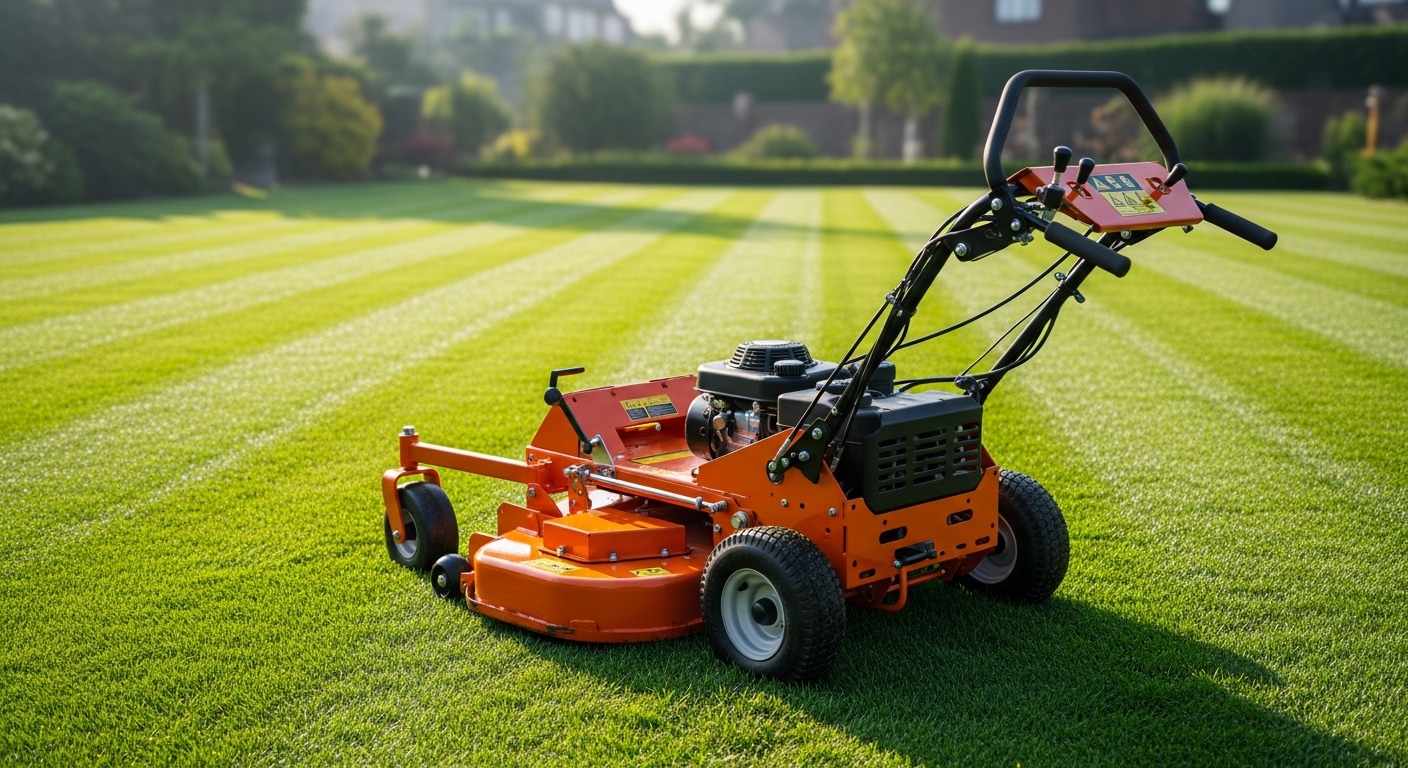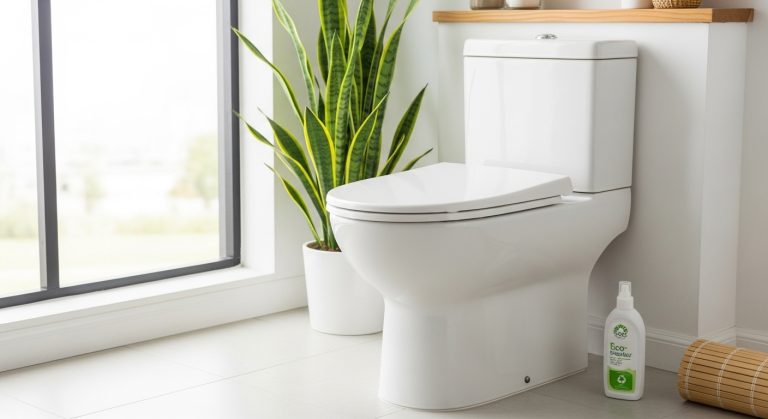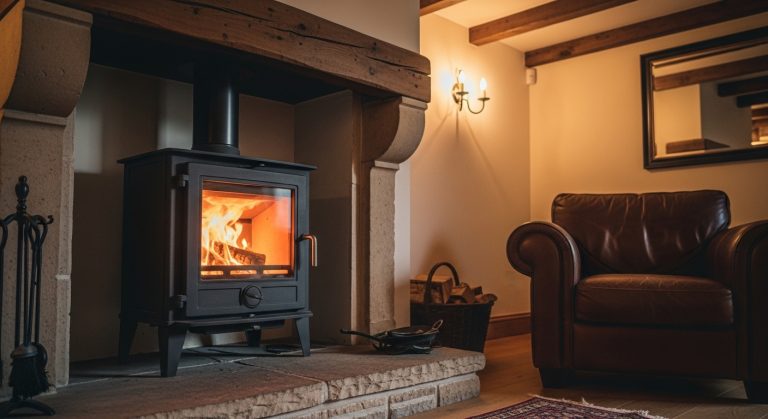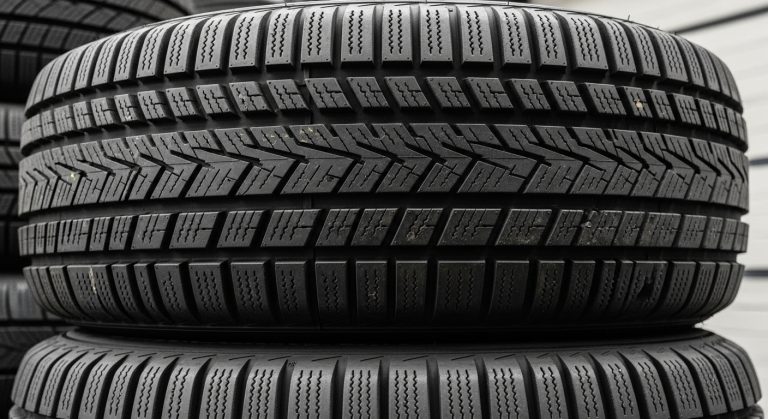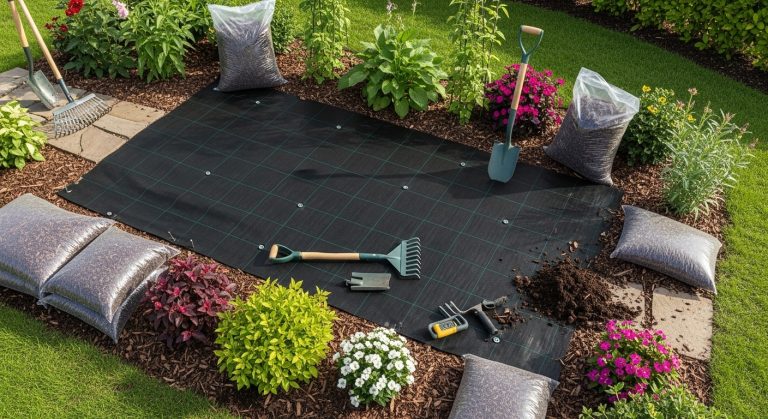Best Commercial Push Mowers: Ultimate Guide for Professionals
Your commercial landscaping business deserves equipment that works as hard as you do. Finding the right push mower can transform your daily operations from exhausting struggles to efficient, profitable work sessions.
The best commercial push mowers combine powerful engines, durable steel decks, and professional-grade features that deliver consistent performance season after season. Top models like Honda HRC216, Exmark Commercial 21, and Toro TurfMaster lead the market with superior reliability and cutting precision.
This comprehensive guide reveals everything you need to dominate your competition with professional-grade equipment. Discover which models deliver the best value, performance, and durability for your specific needs.
Key Takeaways
- Commercial push mowers are built for durability, featuring heavy-duty engines and reinforced steel decks designed to handle frequent, rigorous use.
- Top models like Honda HRC216, Exmark Commercial 21, and Toro TurfMaster stand out for their reliability, powerful cutting performance, and professional features.
- Engine power and deck size matter—choose higher engine displacement for tough mowing conditions and larger deck sizes for greater efficiency on big properties.
- Self-propelled drive systems reduce operator fatigue, making lawn care faster and easier, especially on slopes or large areas.
- Regular maintenance maximizes mower lifespan, with daily checks, cleanings, and routine sharpening of blades being essential practices for professionals.
- Cutting system flexibility is important—features such as adjustable cutting heights, mulching, and bagging options ensure superior results across diverse jobs.
- Investing in a high-quality commercial push mower increases productivity and helps your landscaping business deliver consistently professional results with less downtime.
What Makes a Commercial Push Mower Different?
Commercial push mowers are engineered for daily professional use, not weekend yard work. These machines feature heavy-duty construction that withstands constant operation across multiple properties every day.
The key difference lies in build quality. Commercial models use thicker steel decks, reinforced frames, and commercial-grade engines designed for thousands of operating hours. Regular residential mowers simply cannot handle this level of demand.
Engine Power and Reliability
Professional engines deliver consistent power output even in challenging conditions. Most commercial units feature Honda GXV series or Kawasaki FJ engines that provide reliable starting and sustained performance.
These engines typically offer 160cc to 190cc displacement with overhead valve design for better fuel efficiency. The robust construction includes cast iron cylinder sleeves and heavy-duty air filtration systems.
Deck Construction and Durability
Steel deck construction separates commercial mowers from residential alternatives. Professional models use 12-gauge to 14-gauge steel with reinforced cutting chambers and strengthened mounting points.
The deck design incorporates anti-scalp wheels and adjustable cutting heights from 1 inch to 4.5 inches. Many feature mulching capabilities with specialized blade designs for superior grass processing.
Top Commercial Push Mower Models
Honda HRC216 Series
The Honda HRC216 stands as the industry standard for commercial push mowers. This model combines legendary Honda reliability with professional-grade features that landscapers trust worldwide.
Key features include the powerful GXV160 engine with automatic decompression for easy starting. The Roto-Stop blade control allows operators to stop blades without shutting off the engine, improving efficiency during gate passages and obstacle navigation.
The micro-cut twin blade system delivers superior mulching performance while the hydrostatic cruise control reduces operator fatigue during long work sessions. The 21-inch steel deck provides excellent maneuverability in tight spaces.
Exmark Commercial 21 X-Series
Exmark’s Commercial 21 represents cutting-edge engineering in the walk-behind mower category. The Kawasaki FJ180V engine delivers reliable power with exceptional fuel efficiency for all-day operation.
The variable speed drive system offers precise control from 0 to 4.2 mph, allowing operators to match ground speed to cutting conditions. The aluminum deck construction reduces weight while maintaining professional durability standards.
Sealed bearing wheels and commercial-grade construction ensure reliable performance in demanding conditions. The ergonomic handle design reduces operator fatigue during extended use periods.
Toro TurfMaster HDX Series
The Toro TurfMaster HDX offers 30-inch cutting width for increased productivity on larger properties. This model bridges the gap between push mowers and riding equipment with superior efficiency.
Kawasaki engine power drives the all-steel deck construction through challenging grass conditions. The two-point height adjustment system allows quick cutting height changes without tools.
The large fuel capacity extends operating time between refueling stops. Commercial-grade wheels with sealed bearings provide smooth operation across varied terrain conditions.
Essential Features for Commercial Use
Cutting System Performance
Professional cutting systems must deliver consistent results across different grass types and conditions. The blade design significantly impacts cut quality and grass health after mowing.
Mulching blades create finer clippings that decompose quickly, returning nutrients to the soil. High-lift blades provide better grass discharge and collection when bagging is required.
Adjustable cutting heights allow operators to adapt to customer preferences and seasonal grass growth patterns. Most commercial models offer 6 to 8 height positions for maximum versatility.
Drive System Options
Self-propelled drive systems reduce operator fatigue and improve productivity on slopes and challenging terrain. Variable speed control allows precise matching of ground speed to cutting conditions.
Hydrostatic drive systems provide smooth speed transitions without clutching or gear changes. This technology offers superior control and reduces maintenance requirements compared to belt-driven alternatives.
Front-wheel drive models excel in tight spaces and provide excellent maneuverability around obstacles. Rear-wheel drive systems offer better traction on slopes and uneven terrain.
Operator Comfort and Safety
Ergonomic handle designs reduce vibration transmission and provide comfortable grip positions for operators of different heights. Adjustable handles accommodate various operator preferences and working conditions.
Blade brake systems allow operators to stop cutting blades without shutting off the engine. This safety feature improves efficiency when navigating between cutting areas or around obstacles.
Anti-vibration technology reduces operator fatigue during extended use periods. Padded grips and shock-absorbing mounts contribute to comfortable operation throughout long work days.
Maintenance and Longevity
Regular Maintenance Requirements
Commercial mowers require consistent maintenance to deliver reliable performance. Daily inspections should include checking oil levels, air filter condition, and blade sharpness.
Weekly maintenance involves cleaning grass buildup from the deck and checking tire pressure. Fuel system maintenance includes using fresh gasoline and adding fuel stabilizer during storage periods.
Seasonal maintenance requires oil changes, spark plug replacement, and air filter cleaning or replacement. Professional servicing ensures optimal performance and extends equipment life.
Common Wear Items
Blades represent the most frequently replaced component on commercial mowers. Sharp blades ensure clean cuts that promote grass health and reduce disease susceptibility.
Belts and cables require periodic inspection and replacement based on operating hours. Engine air filters need regular cleaning or replacement to maintain optimal engine performance.
Wheels and bearings experience significant wear in commercial applications. Quality replacement parts ensure continued reliable operation and maintain professional appearance standards.
Choosing the Right Size and Configuration
Deck Size Considerations
21-inch decks provide excellent maneuverability in tight spaces and around landscape features. These models excel for residential properties and detailed commercial work requiring precision navigation.
30-inch decks offer increased productivity while maintaining reasonable maneuverability. This size works well for medium-sized properties and commercial applications requiring efficiency improvements.
Larger deck sizes up to 48 inches provide maximum productivity for large open areas. These models require more storage space and may have limited access to gated areas.
Engine Size and Power
160cc engines provide adequate power for most commercial applications with 21-inch decks. These engines offer good fuel economy while delivering reliable performance in normal conditions.
190cc engines deliver additional power for challenging conditions and larger deck sizes. The extra displacement provides better performance in thick grass and on slopes.
Commercial-grade engines feature enhanced cooling systems and heavy-duty construction for extended operation periods. These engines typically offer longer service intervals and improved reliability.
Grass Collection Options
Mulching systems eliminate the need for grass collection while returning nutrients to the soil. High-quality mulching requires sharp blades and proper cutting height adjustment.
Bagging systems collect grass clippings for removal from the property. Large capacity bags reduce emptying frequency and improve productivity during collection operations.
Side discharge provides the fastest cutting option for large areas where clipping collection is not required. This method works well for rough areas and overgrown grass conditions.
Professional Tips for Maximum Performance
Cutting Technique Optimization
Proper cutting height maintains grass health while achieving desired appearance standards. Never remove more than one-third of the grass blade length in a single cutting session.
Overlapping passes ensure complete coverage and prevent missed strips. Consistent ground speed maintains uniform cut quality across the entire property.
Sharp blades create clean cuts that heal quickly and resist disease. Dull blades tear grass, creating brown tips and increasing susceptibility to lawn diseases.
Seasonal Adjustments
Spring cutting may require lower cutting heights to remove winter damage and encourage new growth. Gradual height reduction prevents shock to grass plants.
Summer cutting should maintain higher cutting heights to protect grass roots from heat stress. Frequent cutting prevents grass from becoming overgrown and difficult to manage.
Fall cutting prepares grass for winter dormancy while maintaining appearance standards. Final cuts should be slightly lower to prevent snow mold and other winter diseases.
Frequently Asked Questions
What makes commercial push mowers worth the investment?
Commercial push mowers deliver superior durability and performance compared to residential models. The heavy-duty construction withstands daily professional use while maintaining consistent cutting quality.
Professional-grade engines provide reliable starting and sustained power output. The reinforced deck construction and commercial components ensure years of dependable service in demanding applications.
Lower operating costs result from reduced downtime and maintenance requirements. The superior build quality justifies the initial investment through improved productivity and longevity.
How often should commercial mower blades be sharpened?
Blade sharpening frequency depends on operating conditions and grass types. Professional landscapers typically sharpen blades every 20 to 25 operating hours for optimal performance.
Sandy soil conditions and abrasive debris accelerate blade dulling. Weekly blade inspection helps identify when sharpening is needed before cut quality deteriorates.
Sharp blades create clean cuts that promote grass health. Dull blades tear grass, creating brown tips and increasing disease susceptibility in maintained lawns.
What engine size is best for commercial applications?
160cc to 190cc engines provide adequate power for most commercial push mower applications. Larger engines offer better performance in challenging conditions and with bigger deck sizes.
Commercial-grade engines feature enhanced cooling and heavy-duty construction. The overhead valve design improves fuel efficiency and reduces emissions compared to older engine technologies.
Engine selection should match deck size and intended applications. Underpowered engines struggle in thick grass while oversized engines waste fuel and increase operating costs.
How do I choose between self-propelled and push models?
Self-propelled models reduce operator fatigue and improve productivity on slopes and large properties. The variable speed control allows precise matching of ground speed to cutting conditions.
Push models offer lighter weight and lower maintenance requirements. These models work well for smaller properties and operators who prefer manual control.
Terrain conditions and property size influence the best choice. Hilly properties and large areas benefit from self-propelled drive systems for improved efficiency.
What maintenance schedule should I follow?
Daily maintenance includes checking oil levels, cleaning grass buildup, and inspecting for damage. Pre-operation inspections prevent problems and ensure safe operation.
Weekly maintenance involves air filter cleaning, fuel system checks, and blade inspection. Proper maintenance extends equipment life and maintains optimal performance.
Seasonal maintenance requires oil changes, spark plug replacement, and comprehensive inspections. Professional servicing ensures warranty compliance and identifies potential issues early.
Make Your Business More Profitable Today
Investing in quality commercial push mowers transforms your landscaping business from struggling to thriving. The right equipment delivers consistent results that keep customers satisfied and coming back.
Professional-grade mowers reduce downtime, lower maintenance costs, and improve productivity. Your competitive advantage starts with equipment that works as hard as you do every single day.
Don’t let inferior equipment hold back your business potential. Choose commercial-grade reliability and watch your profits grow with every perfectly manicured lawn you deliver.

